Product Categories Vegetable Seeds D-P Herbs Watercress 2,300 (0.5g's) Herb Seeds
Product Categories Vegetable Seeds D-P Herbs Cress Greek a Spicy Version 1600 Seeds
Product Categories Vegetable Seeds D-P Herbs Coriander Cruiser (P.V.P) 106 (1.2g) Herb Seeds
Product Categories Vegetable Seeds D-P Herbs Oregano, Greek Herb Seeds
Product Categories Vegetable Seeds D-P Herbs 6 Pack Herb Collection Seeds Basil, Coriander
Product Categories Vegetable Seeds D-P Herbs 10 Pack Herb Collection Seeds Parsley, Anise
Product Categories Vegetable Seeds D-P Herbs Parsley Bravour 500 (1g) Herb seeds
Product Categories Vegetable Seeds D-P Herbs Thyme Thymus Vulgare (Herb) 1050 (0.1g's)
Product Categories Vegetable Seeds A-C Celery Chnese Celery Kintsai 1000 Seeds
Product Categories Vegetable Seeds D-P Herbs Sorrel Volare Vegetable/Fruit - 280 (1g) Seeds
Watercress 2,300 (0.5g's) Herb Seeds
Product no.: SEEDV204
In stock
Delivery period: 1 working days
Accessories
| Product | Note | Status | Price | |
|---|---|---|---|---|
|
You may want to also consider this item: |
|
from £1.42 * | |
|
Other items you may also want to consider: |
|
£10.36 * | |
|
* Prices plus VAT, plus delivery
Display accessory details
|
||||
We also recommend
|
Customers who bought this item also bought:
|
You may want to also consider this item:
|
Other items you may also want to consider:
|
* Prices plus VAT, plus delivery
Customers who bought this product also bought
|
|
|
|
|
|
|
* Prices plus VAT, plus delivery
Browse these categories as well: Herbs, Cress
Cress Greek a Spicy Version 1600 Seeds
Product no.: SEEDV261
In stock
Delivery period: 1 working days
We also recommend
|
Customers who bought this item also bought:
|
* Prices plus VAT, plus delivery
Customers who bought this product also bought
|
|
Gherkin National Vegetable Seeds
from
£0.96
*
|
Gherkin Parisian Pickling Vegetable Seeds
from
£0.88
*
|
|
Mustard Green Frills BabyLeaf Vegetable Seeds
from
£1.05
*
|
Mustard Red Dragon F1 BabyLeaf Vegetable Seeds
from
£1.01
*
|
* Prices plus VAT, plus delivery
Browse these categories as well: Herbs, Cress
Coriander Cruiser (P.V.P) 106 (1.2g) Herb Seeds
Product no.: SEEDV296
In stock
Delivery period: 1 working days
from
£0.76
Price plus VAT, plus delivery
Accessories
| Product | Note | Status | Price | |
|---|---|---|---|---|
|
Customers who bought this item also bought: |
|
from £4.44 * | |
|
Other items you may also want to consider: |
|
from £2.44 * | |
|
* Prices plus VAT, plus delivery
Display accessory details
|
||||
We also recommend
|
Customers who bought this item also bought:
|
You may want to also consider this item:
|
Other items you may also want to consider:
|
* Prices plus VAT, plus delivery
Customers who bought this product also bought
|
|
|
|
|
Dwarf French Bean Safari Vegetable Seeds
from
£0.86
*
|
|
* Prices plus VAT, plus delivery
Browse this category: Herbs
Oregano, Greek Herb Seeds
Product no.: SEEDV343
In stock
Delivery period: 1 working days
from
£0.85
Price plus VAT, plus delivery
Accessories
| Product | Note | Status | Price | |
|---|---|---|---|---|
|
|
from £4.44 * | ||
|
* Prices plus VAT, plus delivery
Display accessory details
|
||||
We also recommend
* Prices plus VAT, plus delivery
Customers who bought this product also bought
|
Coriander Cruiser (P.V.P) 106 (1.2g) Herb Seeds
from
£0.76
*
|
|
Basil - Sweet Genovese Herb Seeds
from
£0.99
*
|
|
Basil Aton 700 1g Herb Seeds
£0.91
*
|
|
* Prices plus VAT, plus delivery
Browse this category: Herbs
New
6 Pack Herb Collection Seeds Basil, Coriander
Product no.: SEEDVP014-0001
In stock
Delivery period: 1 working days
We also recommend
|
Customers who bought this item also bought:
|
Other items you may also want to consider:
|
You may want to also consider this item:
|
* Prices plus VAT, plus delivery
Customers who bought this product also bought
|
|
|
|
|
Carrot Rainbow Blend 400 Vegetable Seeds
from
£0.97
*
|
|
* Prices plus VAT, plus delivery
Browse these categories as well: Herbs, Multi Variety Vegetable Packs
New
10 Pack Herb Collection Seeds Parsley, Anise
Product no.: SEEDVP015-0001
In stock
Delivery period: 1 working days
We also recommend
|
Customers who bought this item also bought:
|
Other items you may also want to consider:
|
You may want to also consider this item:
|
* Prices plus VAT, plus delivery
Customers who bought this product also bought
|
|
|
|
|
|
Carrot Rainbow Blend 400 Vegetable Seeds
from
£0.97
*
|
* Prices plus VAT, plus delivery
Browse these categories as well: Herbs, Multi Variety Vegetable Packs
Parsley Bravour 500 (1g) Herb seeds
Product no.: SEEDV337
In stock
Delivery period: 1 working days
Accessories
| Product | Note | Status | Price | |
|---|---|---|---|---|
|
You may want to also consider this item: |
|
£1.54 * | |
|
Other items you may also want to consider: |
|
£10.36 * | |
|
* Prices plus VAT, plus delivery
Display accessory details
|
||||
We also recommend
* Prices plus VAT, plus delivery
Customers who bought this product also bought
|
Onion Sets - Sturon Quality Sets
from
£9.35
*
|
|
|
|
Celery Leaf 1500 (0.47g's) Vegetable Seeds
from
£0.74
*
|
|
* Prices plus VAT, plus delivery
Browse this category: Herbs
Thyme Thymus Vulgare (Herb) 1050 (0.1g's)
Product no.: SEEDV344
In stock
Delivery period: 1 working days
Accessories
| Product | Note | Status | Price | |
|---|---|---|---|---|
|
|
from £12.14 * | ||
|
* Prices plus VAT, plus delivery
Display accessory details
|
||||
We also recommend
* Prices plus VAT, plus delivery
Customers who bought this product also bought
|
Tomato Golden Sweet F1 Hybrid Vegetable Seeds
from
£1.56
*
|
|
Cayenne Long Slim Chilli Pepper Seeds
from
£0.79
*
|
|
Hot Chilli Pepper Carolina Reaper Fruit/Veg Seed
from
£2.51
*
|
Coriander Cruiser (P.V.P) 106 (1.2g) Herb Seeds
from
£0.76
*
|
* Prices plus VAT, plus delivery
Browse this category: Herbs
Chnese Celery Kintsai 1000 Seeds
Product no.: SEEDV351
In stock
Delivery period: 1 working days
Accessories
| Product | Note | Status | Price | |
|---|---|---|---|---|
|
Other items you may also want to consider: |
|
£10.36 * | |
|
* Prices plus VAT, plus delivery
Display accessory details
|
||||
We also recommend
* Prices plus VAT, plus delivery
Customers who bought this product also bought
|
Coriander Cruiser (P.V.P) 106 (1.2g) Herb Seeds
from
£0.76
*
|
Cayenne Long Slim Chilli Pepper Seeds
from
£0.79
*
|
|
|
Chives Fine Leaved - Herb Seeds
from
£1.10
*
|
|
* Prices plus VAT, plus delivery
Browse these categories as well: Celery, Herbs
Sorrel Volare Vegetable/Fruit - 280 (1g) Seeds
Product no.: SEEDV255
In stock
Delivery period: 1 working days
Accessories
| Product | Note | Status | Price | |
|---|---|---|---|---|
|
|
£6.10 * | ||
|
|
from £6.08 * | ||
|
|
£5.54 * | ||
|
* Prices plus VAT, plus delivery
Display accessory details
|
||||
We also recommend
* Prices plus VAT, plus delivery
Customers who bought this product also bought
|
Coriander Cruiser (P.V.P) 106 (1.2g) Herb Seeds
from
£0.76
*
|
|
Oregano, Greek Herb Seeds
from
£0.85
*
|
|
|
|
* Prices plus VAT, plus delivery
Browse this category: Herbs














 6" Heavy Duty Plant Label with Pencil
6" Heavy Duty Plant Label with Pencil 5 x Propagator Sets Full Standard Seed Trays V20
5 x Propagator Sets Full Standard Seed Trays V20
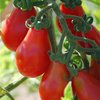


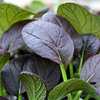
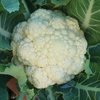

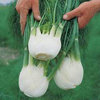

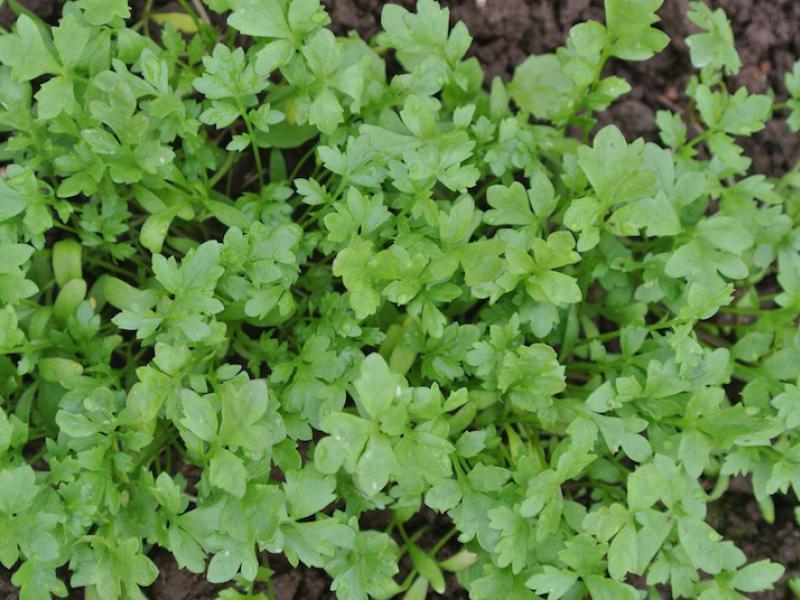
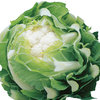
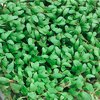

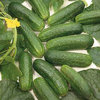




 12 Cell Self-Supporting Bedding Plant Packs
12 Cell Self-Supporting Bedding Plant Packs Square 7cm Black Plant Pots Volume 0.31L
Square 7cm Black Plant Pots Volume 0.31L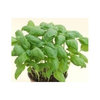


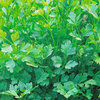

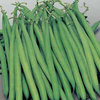


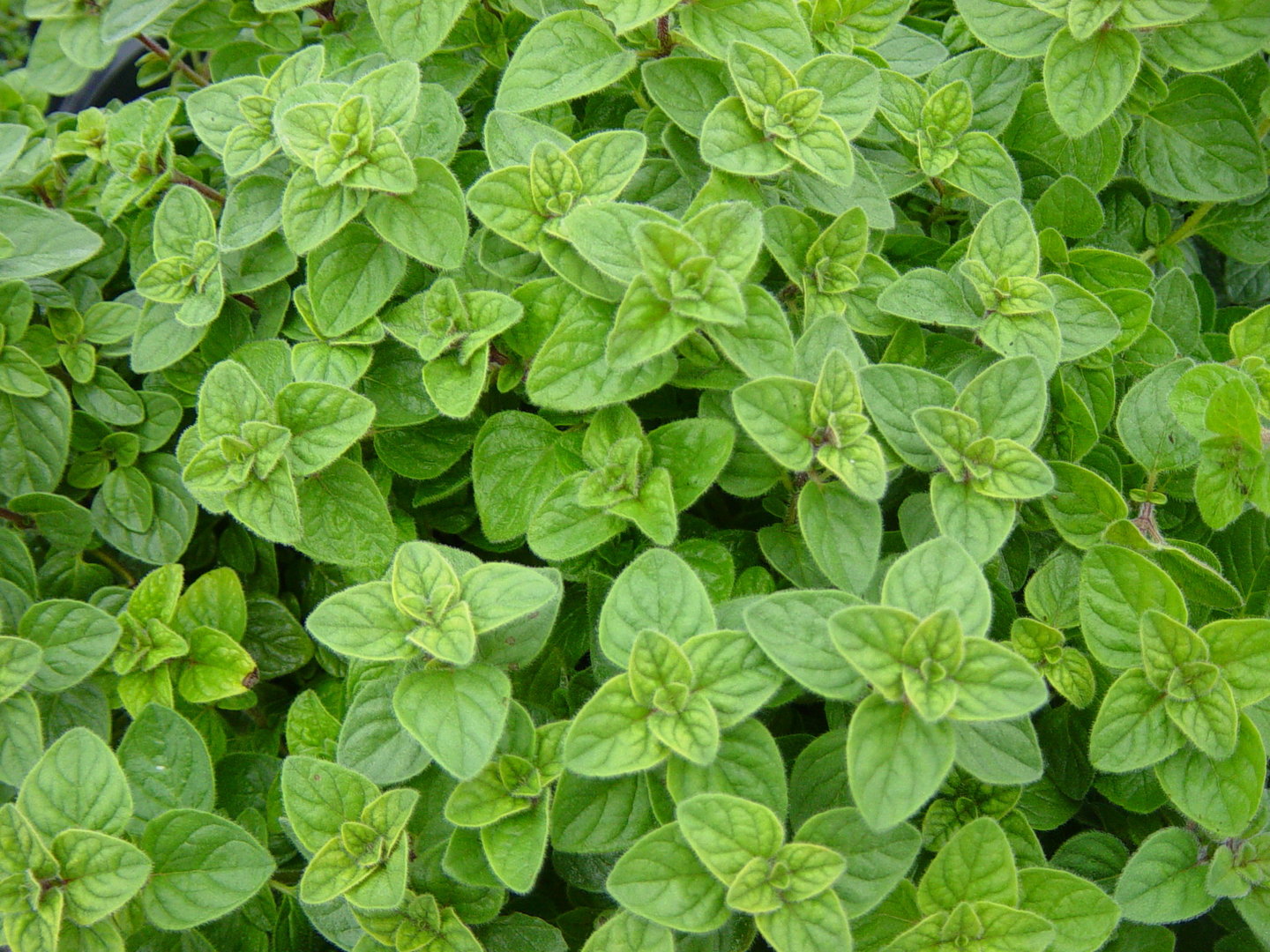


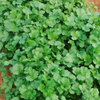
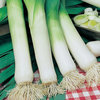











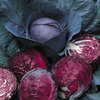

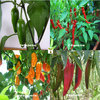












 2M Wide Heavy-Duty Ground Fabric/Mulch Control
2M Wide Heavy-Duty Ground Fabric/Mulch Control 5 x Propagator Sets Full Standard Seed Trays V25
5 x Propagator Sets Full Standard Seed Trays V25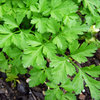
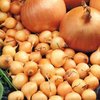



 10 x G35 Mini Garland Seed Trays 0.4ltr
10 x G35 Mini Garland Seed Trays 0.4ltr
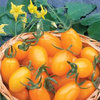



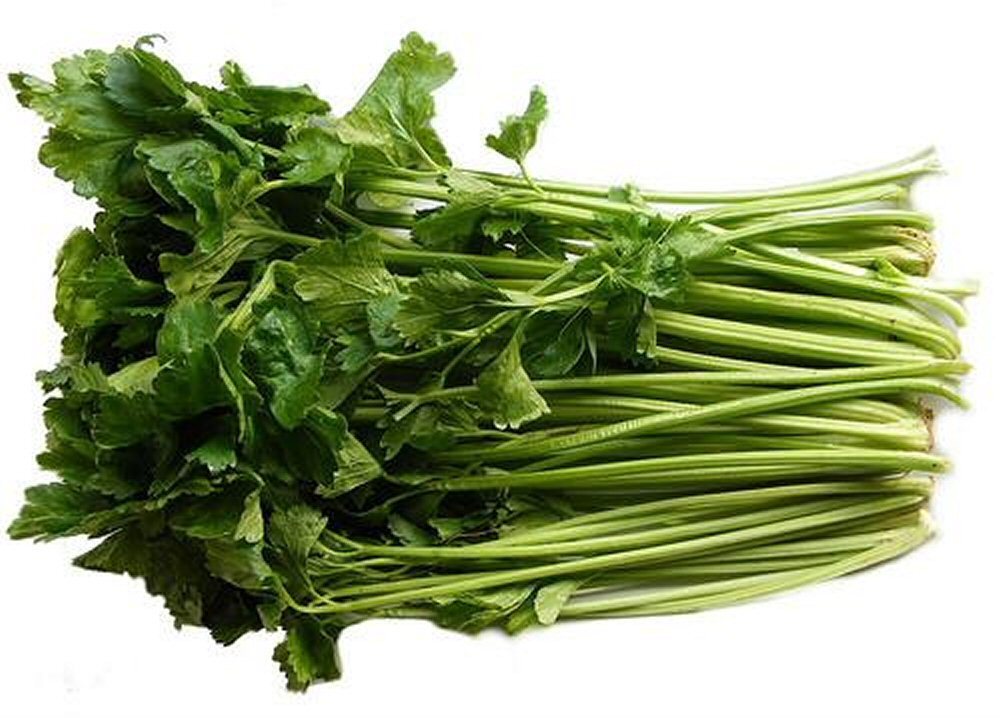
 5 x Propagator Sets Full Standard Seed Trays V40
5 x Propagator Sets Full Standard Seed Trays V40



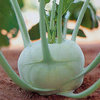

 10 x Full Heavyweight Seed Tray 35cm x 22cm x 5cm
10 x Full Heavyweight Seed Tray 35cm x 22cm x 5cm Propagator Lids for Standard Full Size Seed Tray
Propagator Lids for Standard Full Size Seed Tray 10 x Vacapot 50 Cell Plug Plant Insert Seed Trays
10 x Vacapot 50 Cell Plug Plant Insert Seed Trays
